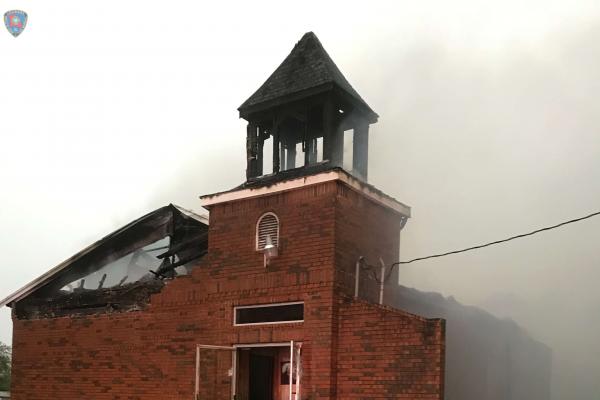Apr 18, 2019
The stark contrast in media coverage and social concern reveals the deep and isolated silos which humanity can and chooses to abide within, magnifying the complex avenues of empathy and sympathy while examining the enactment of independent agencies to ensure certain spaces and structures are protected or resurrected.
Read the Full Article

Already a subscriber? Login
